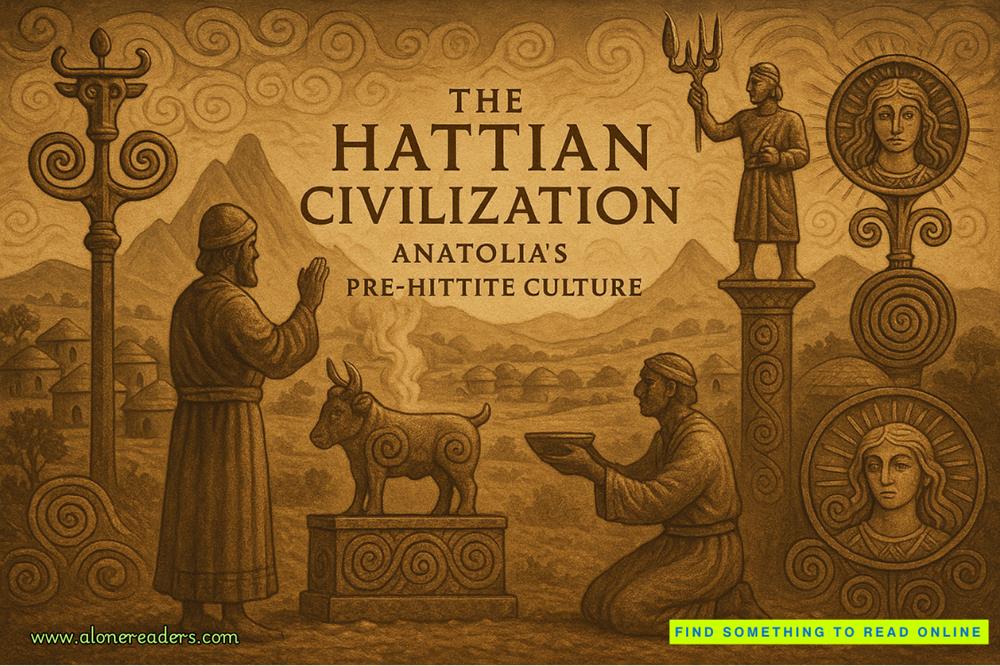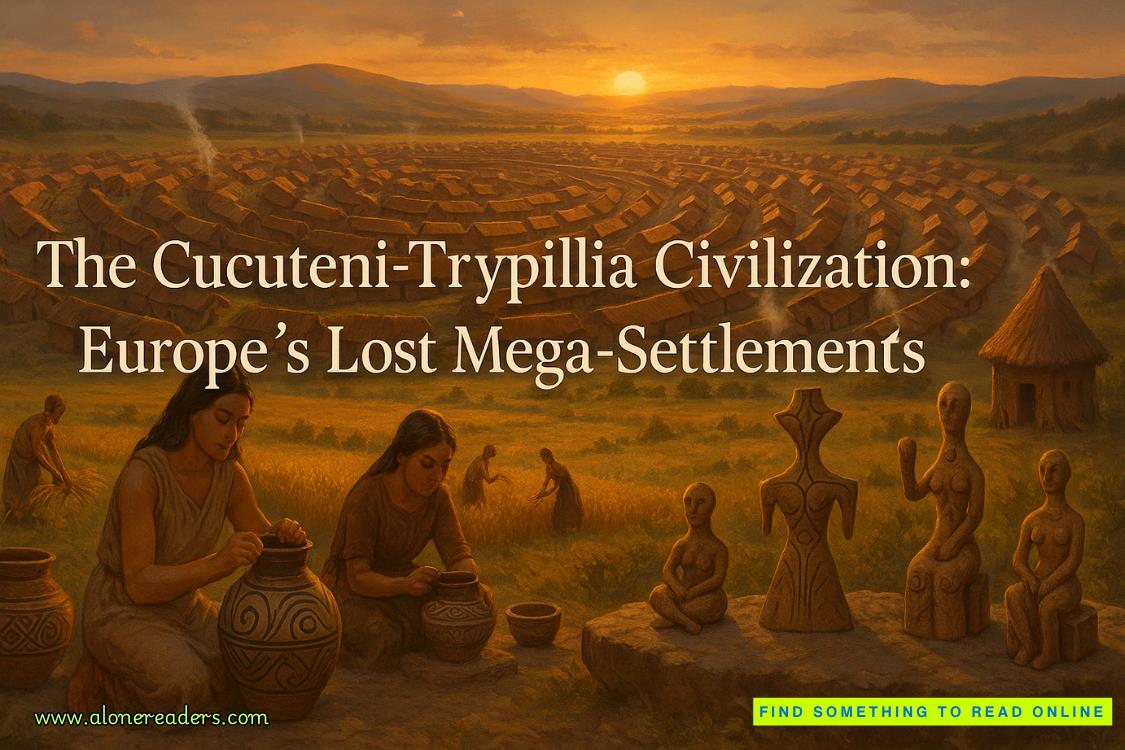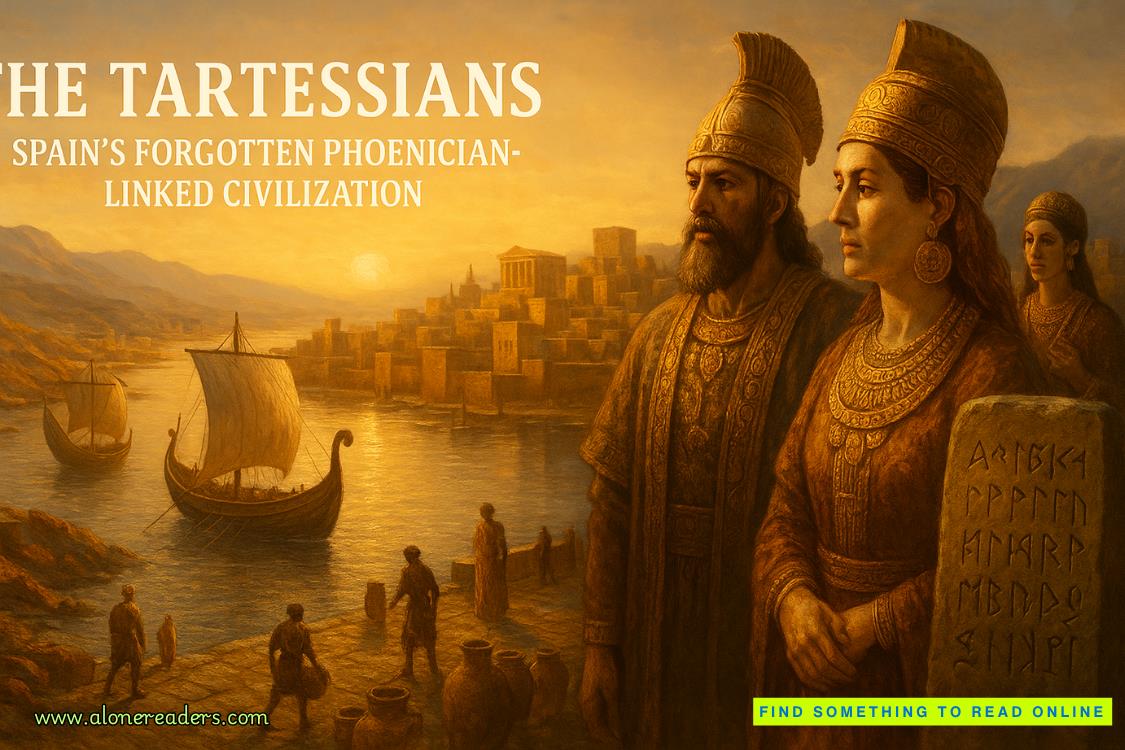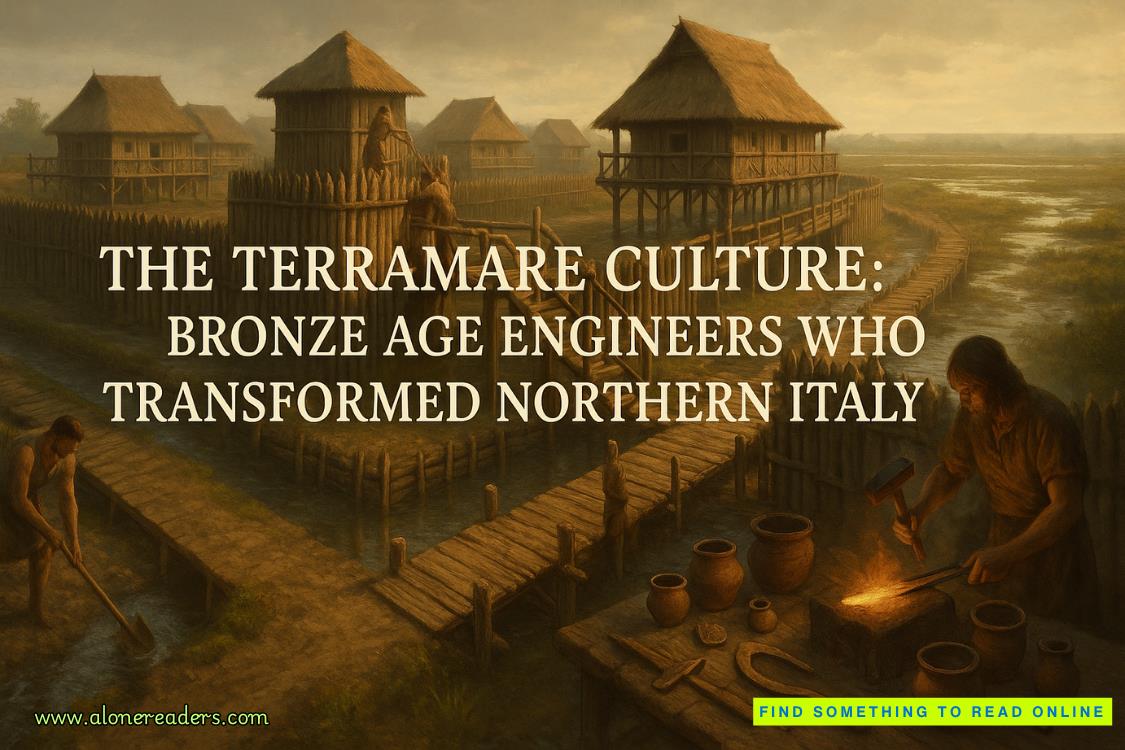She drilled an index finger my way. “If you want to be part of this case, you have to step up and do the real work, just like me.”
She stalked off toward the elevator, pausing to toss her head at the door into the great sexist’s office. She said, “Coming?”
Chapter Five
I followed her down the curving, Spanish tile staircase, feeling more amused than annoyed. Amused in a lethargic way. I was still wrung out from my time in Portland, and this case just didn’t make me feel territorial about who would discover the connection between a homeless man and a missing FBI badge. Maybe it was diminishing testosterone-I sure didn’t feel that in other ways. Maybe I was growing a little bored playing cop, as Dan Milton had wondered about me before he died.
My task with Kate that morning seemed like a fool’s errand, but that was why I had never made it in the law enforcement bureaucracy. I didn’t understand the importance of process. Of appearing to do something. Maybe I would get credit as a good team player, “handling” Kate Vare, as Peralta put it. I would try it for a while, at least. But it seemed like a lousy way to make progress. We didn’t have a good photo of the dead man-the morgue shots definitely didn’t make him look “so lifelike, so at peace.” A bloated corpse face stared out at us. As for the jacket, it was standard-issue Levi’s, very faded and authentically “distressed.” Even beneath the heavy clear plastic of the evidence bag, the jacket felt vermin-infested.
“We can take my car,” Vare said.
“My legs won’t fold into those Cavaliers,” I said. “Let’s take mine.”
Across the front seat of the big Oldsmobile, Kate was halfway into the next county. So there was no need to force small talk as we made the rounds of the beleaguered shelters and social service agencies that clustered in unwanted, homely buildings on the fringes of downtown. A plan to build a multimillion-dollar campus for the homeless had been discussed for years but nothing ever seemed to happen. Pearl Buck wrote that the test of a civilization was the way it cared for its most helpless members. Phoenix didn’t read Pearl Buck.
The social workers either got along with cops or they didn’t. The cynical and jaded ones did. But cops were part of their daily landscape. There to stop a fight. There to find a suspect. We were just two more cops wanting something. The whitewashed walls, government-issue furniture, and unpleasant smells took me back to the few years in the ’70s when I worked as a patrol deputy. Not much seemed to have changed. We were all just factory workers in the giant human meat grinder where society’s front line intersected with a big city’s underclass.
“Do you know how many people come through here every day?” demanded a male social worker with a ponytail and a pharaoh beard. “We’ve been over capacity for something like twenty years. Nobody gives a shit.”
Nobody seemed to recognize the person in the Polaroid. “This guy looks dead,” one shelter staffer observed. Because I read the newspaper, I knew the city’s hardcore homeless numbered 3,000, and some estimates were much higher. So identifying our corpse wasn’t going to be easy. But then we caught what might be a break. At a food bank on Third Avenue, someone remembered a middle-aged Anglo guy who always wore a Levi’s jacket, even on the hottest day. He was one of the local alcoholic indigents they called “the home guard.” Maybe the guy’s name was Weed.
“That’s worse than nothing,” Kate said. “Just a nickname. All these transients have nicknames and aliases.”
“Maybe it’s proper name,” I said.
“That’s ridiculous.” she said.
“Didn’t Patty Hearst date a guy named Weed when the SLA kidnapped-?”
“Don’t change the subject,” she said. I noticed that, in dealing with me at least, she was speaking even before I finished my first sentence. I felt a fresh surge of annoyance, and was tempted to tell her about Thurlow Weed, the abolitionist political boss in New York in the mid nineteenth century.
More silence took us to lunch. We stopped at a little taqueria on Jefferson and Seventh Avenue for burritos. We were only a block from police headquarters, but the little shack that promised “burritos y hamburgers” was a gathering spot for the woebegone neighborhood between downtown and the state capitol. We ate with the top down, and every time somebody hit us up for money, we showed the photo and asked them about a guy named Weed. Pretty soon word got around we were cops, and foot traffic dried up. Kate looked distinctly uncomfortable, and I took way too much pleasure in that.
Then there was nothing left to do but cruise and ask questions. I drove across the Seventh Avenue overpass, made a right on Grant Street, and then turned back north on Ninth. Up through the 1970s, this had been the industrial heart of a much smaller city. The Southern Pacific and Santa Fe railroads sliced through on their way to Union Station. The railroads also served scores of produce warehouses and other agricultural terminals. Old Phoenix was a farm town, where irrigated fields and groves yielded oranges, grapefruits, lemons, lettuce, and cotton for markets back east. Mile-long trains of refrigerator cars were made up here, sen
ding fresh Arizona citrus to the tables of families in Chicago and Dayton and Minneapolis. Now those families seem to have moved to Arizona, and the old produce district had been long abandoned.
Could the man from the pool, the dead man without a name, maybe nicknamed Weed, have walked these streets? It was a long shot. Only a meal card told us he could.
We were in sight of the nicest new investments downtown, the Dodge Theater, Bank One Ballpark, and America West Arena. But these streets held blocks of bleak single-story warehouses, some close to falling down. The produce businesses were gone. Almost everything was gone. One building held the Interfaith Cooperative Ministries. Another said it was the Joe Diaz Top-Level Boxing Gym (“There is no substitute for experience”). Concertina wire flashed menacingly off fences and rooftops. Vacant lots glistened with broken glass. A few early bungalows sat incongruously beside the industrial buildings-if you could have moved one to one of the historic districts and fixed it up, you could have sold it for half a million bucks.
The streets were covered with the memory of pavement. Curbs and sidewalks were cracked, broken, or nonexistent. Long unused railroad tracks ran down the center of the cross streets, Jackson, Harrison, Madison, heading nowhere. As we drove slowly up Ninth Avenue, they appeared. Singles, pairs, and clusters of people. They stood or walked aimlessly up and down. Most were black, but there were also plenty of Anglos, a few Indians. On one corner a man huddled by an open water faucet, rinsing his face. An ancient-looking Anglo hobbled across railroad tracks using stainless steel crutches. Across the street, a black woman pulled what looked like a new wheeled suitcase and two small children.
“Jesus Christ,” Kate Vare said quietly.
“Don’t you remember the Deuce?” I asked. The old skid row in Phoenix had been centered around Second Street, hence its name.
“No,” she said. “I moved out from Wisconsin in 1989.”
“When the city proposed tearing the Deuce down to build Civic Plaza, a few people asked where the transients would go. Here’s where they went, as well as to every neighborhood park in the center city, behind big billboards, at camps down at the riverbed…”
“Mapstone,” she said, “Spare me your history lessons.”
“Sorry. It’s just interesting.”
“Maybe to you,” she said. “You know, I am so unimpressed with the great Dr. David Mapstone.”
“That makes two of us.”















